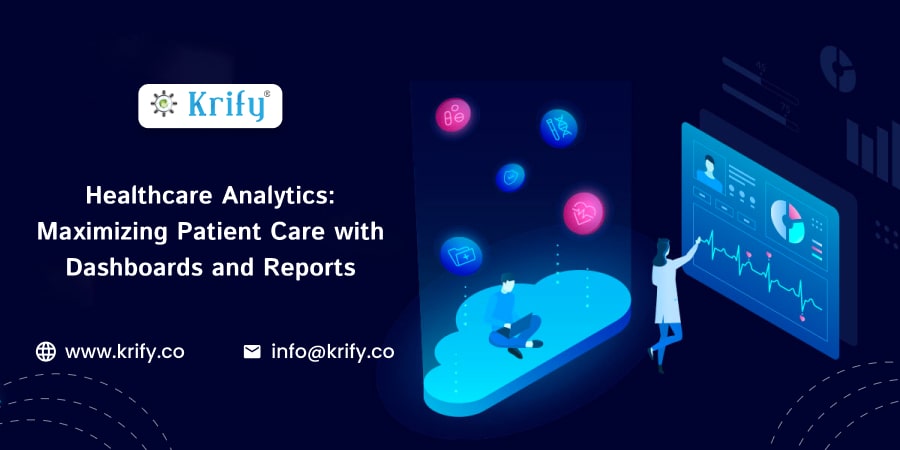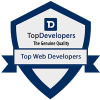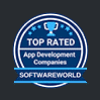In today’s dynamic landscape of healthcare, the integration of analytics has become an indispensable strategy. This integration not only maximizes patient care but also improves operational and cost-effectiveness. Dashboards and reports are two powerful tools that offer valuable insights into patient data, trends, and outcomes. This article explains how the strategic use of dashboards and reports can eventually transform the delivery of patient care in Healthcare Analytics.
The role of Analytics in modern Healthcare
Analytics has emerged as a cornerstone of modern healthcare, facilitating data-driven decision-making across services. From patient diagnosis to resource allocation and risk management, the application of analytics transcends traditional boundaries, empowering healthcare organizations to improve clinical and operational outcomes. By leveraging vast amounts of data generated within the healthcare system, analytics enable physicians to gather actionable insights, identify patterns, and predict future outcomes. This consequently helps in improving and personalizing patient care.
Understanding synergy in Healthcare Analytics
Synergy in healthcare analytics refers to the harmonious integration of various analytical tools, methodologies, and datasets to achieve a common goal: better delivery of patient care. It includes the idea that the combined effect of using multiple research methods is greater than the sum of their contributions. In this context, synergy emphasizes that analytics is all about collaboration, where disparate elements work together to produce meaningful results.
Dashboards: Window to real-time insights
Dashboards act as dynamic interfaces that provide real-time visualization of key performance indicators (KPIs), metrics, and trends. In healthcare, dashboards give the stakeholders instant access to critical information. This enables them to make informed decisions at various stages of the healthcare process. By easy and intuitive visual representation, dashboards empower users to track patient outcomes, resource utilization, and identify areas for improvement.
Benefits of dashboards in healthcare
Enhanced data accessibility: Dashboards combine complex data into a digestible visual, creating access and understanding among users with varying technical backgrounds.
Easier performance monitoring: Healthcare providers can monitor key outcomes such as patient wait times, bed occupancy rates, and re-admission rates in real-time. This facilitates active interventions and resource allocation.
Support clinical decision-making: Physicians can use dashboards to access patient history, diagnosis, and treatment to inform clinical decision-making and optimize care pathways
Improved patient engagement: Interactive dashboards can be used to engage patients by providing personalized health insights, educational materials, and self-care tools.
Reports: Unveiling actionable insights
Reports in healthcare analytics are detailed documents describing historical performance, trends, and results based on structured data analysis. Unlike dashboards, which provide real-time visualizations, reporting provides a deep dive into historical issues. By synthesizing complex data into coherent narratives, reports empower the stakeholders to derive actionable insights. Reports also help identify root causes of issues and drive continuous improvement initiatives.
Benefits of reports in healthcare
In-depth analysis: Reports enable healthcare organizations to perform comprehensive analysis of patient demographics, procedures, and clinical outcomes. They also help in identifying trends and correlations that might not be apparent.
Performance evaluation: Through comparative analysis and benchmarking, reports enable healthcare providers to monitor their performance against established standards. This not only helps them to stay compliant but also identifies areas of efficiency and opportunities for improvement.
Regulatory Compliance: Reporting plays a key role in ensuring compliance with regulatory requirements and quality standards by documenting compliance, reporting metrics, and outcomes data
Long-Term Monitoring: Reports that document historical data over time facilitate monitoring of patient progress, treatment effectiveness, and utilization of healthcare resources, consequently supporting evidence-based decision-making.
Harnessing Synergy: Integrating Dashboards and Reports for Optimal Impact
While dashboards and reports offer distinct advantages in healthcare analytics, their true accomplishments lie in how they complement each other. By combining dashboards and reporting in an integrated analytics framework, healthcare organizations can leverage their respective strengths to optimize impact. Dashboards provide visibility into current performance and trends in real time, enabling initial decision-making and immediate intervention. Meanwhile, reports provide deeper insights through retrospective analysis, which facilitates root cause identification, trend forecasting, and long-term planning.
Conclusion
Synergy in healthcare analytics represents a shift in the way healthcare organizations use data to improve the delivery of patient care. By integrating dashboards and reports in an integrated analytics framework, healthcare professionals can unlock the full potential of data-driven insights. This eventually results in active engagement, better performance, and continuous improvement. This ultimately helps in providing better clinical outcomes, improving operational efficiencies, and the overall quality of patient care.
If you would like to unlock the potential of dashboards and reports in your business, please contact us.
Reference Links: Healthcare Analytics









